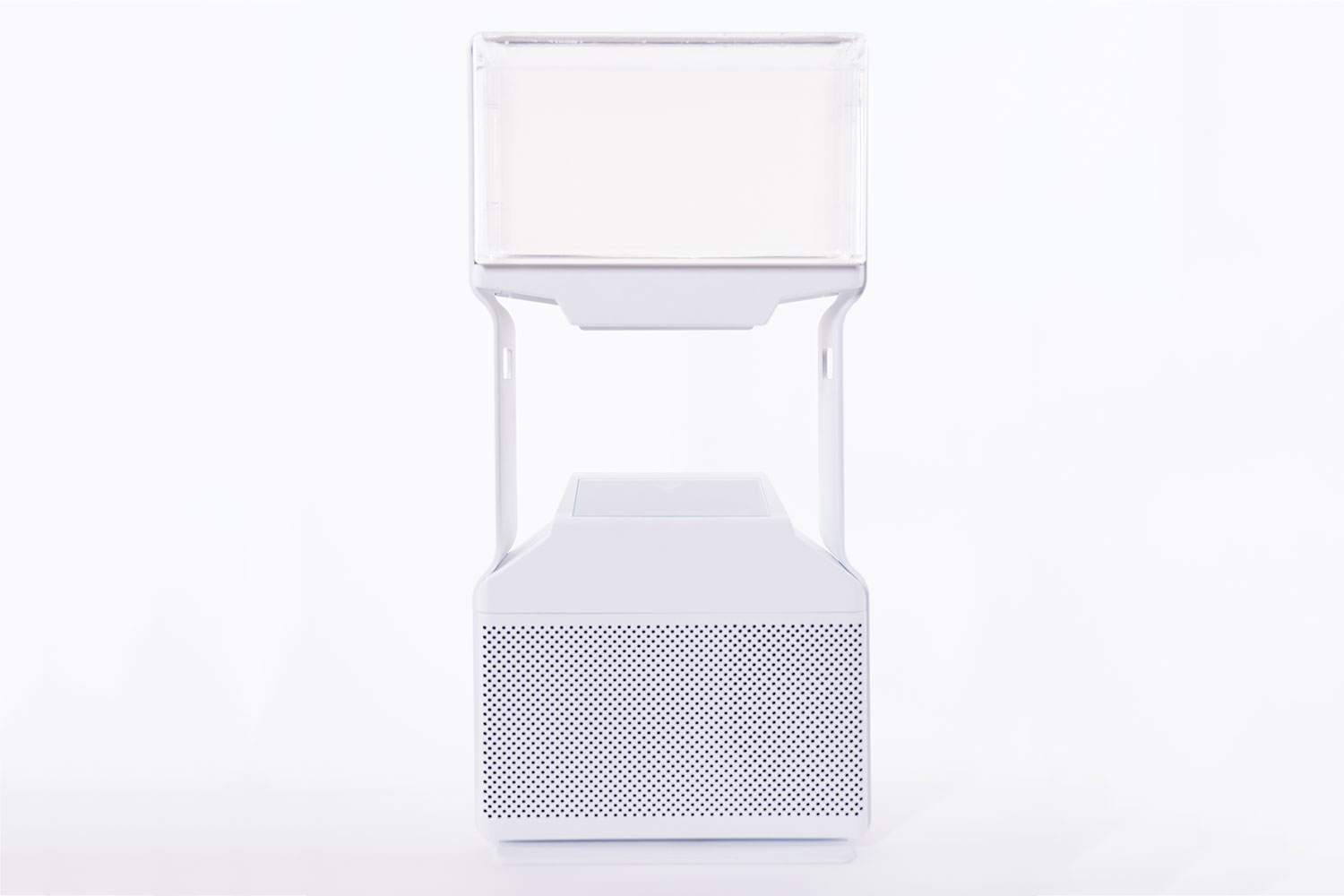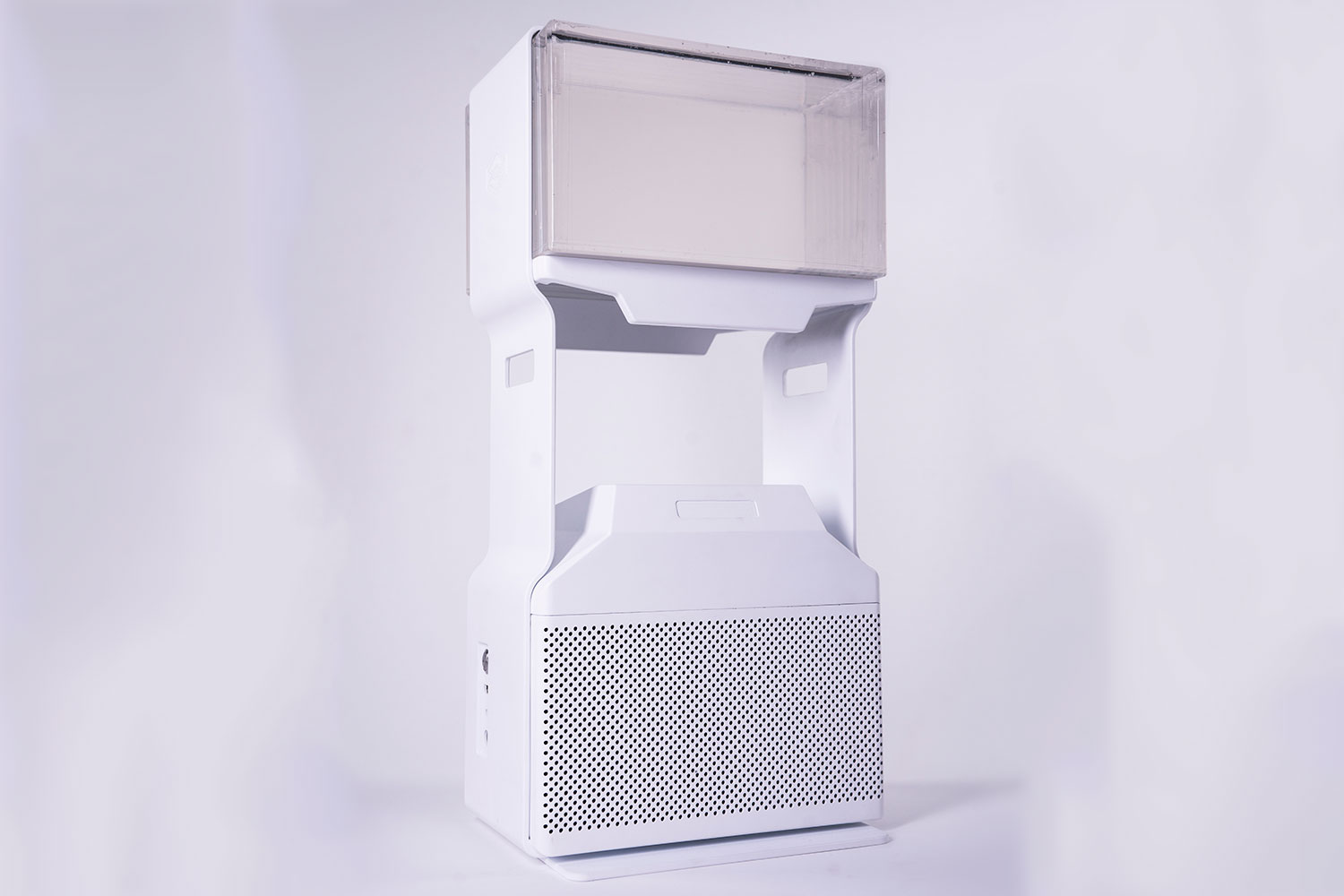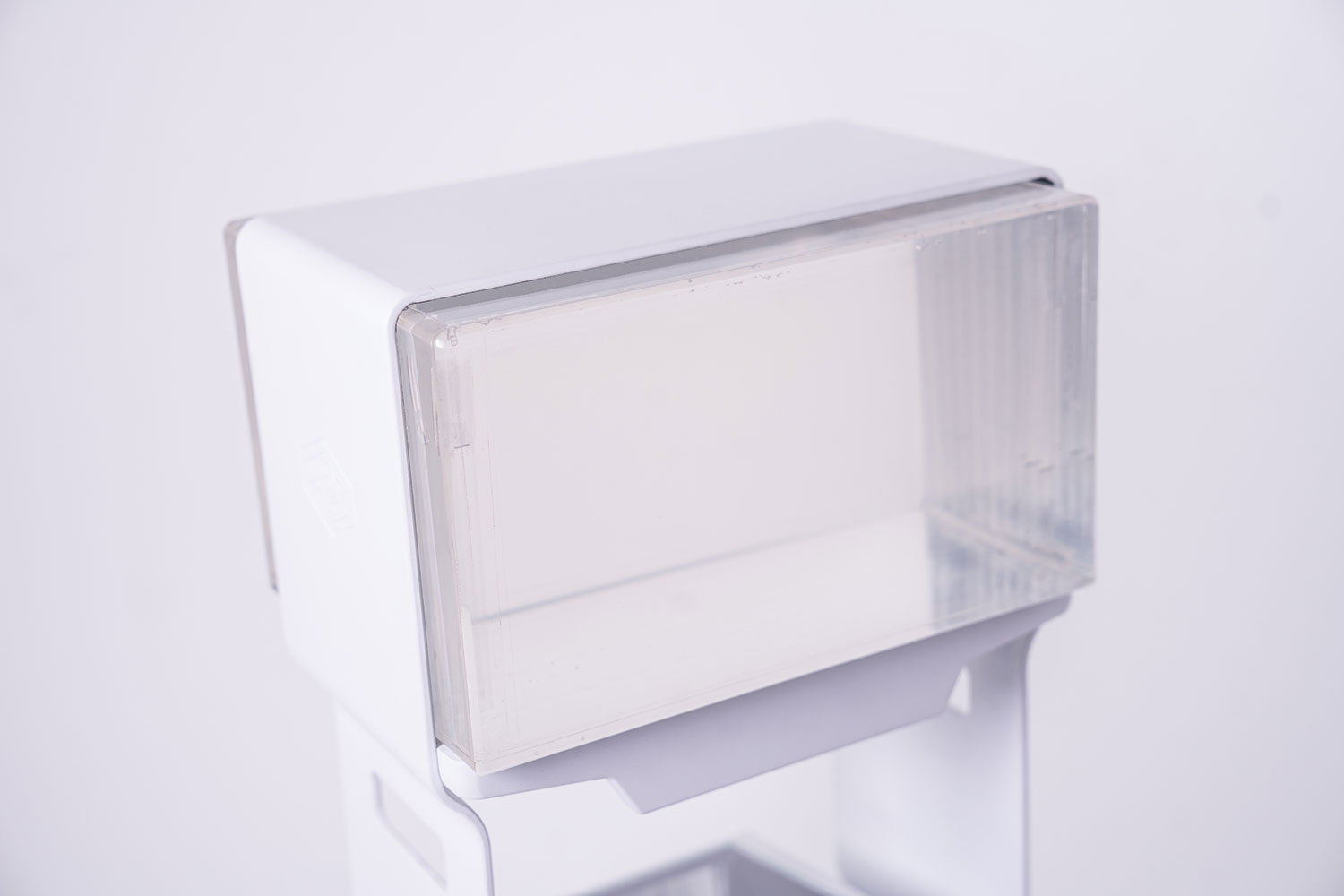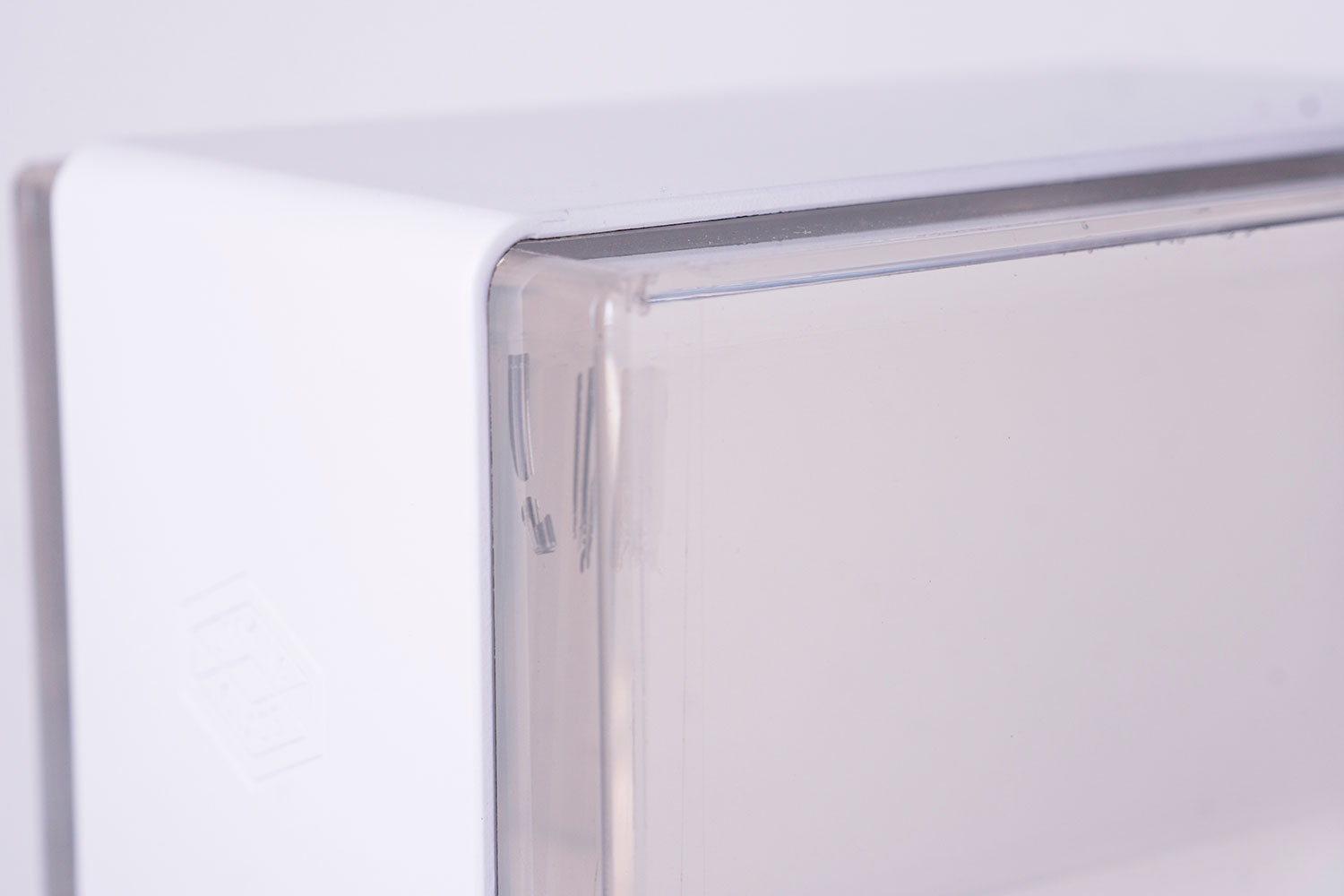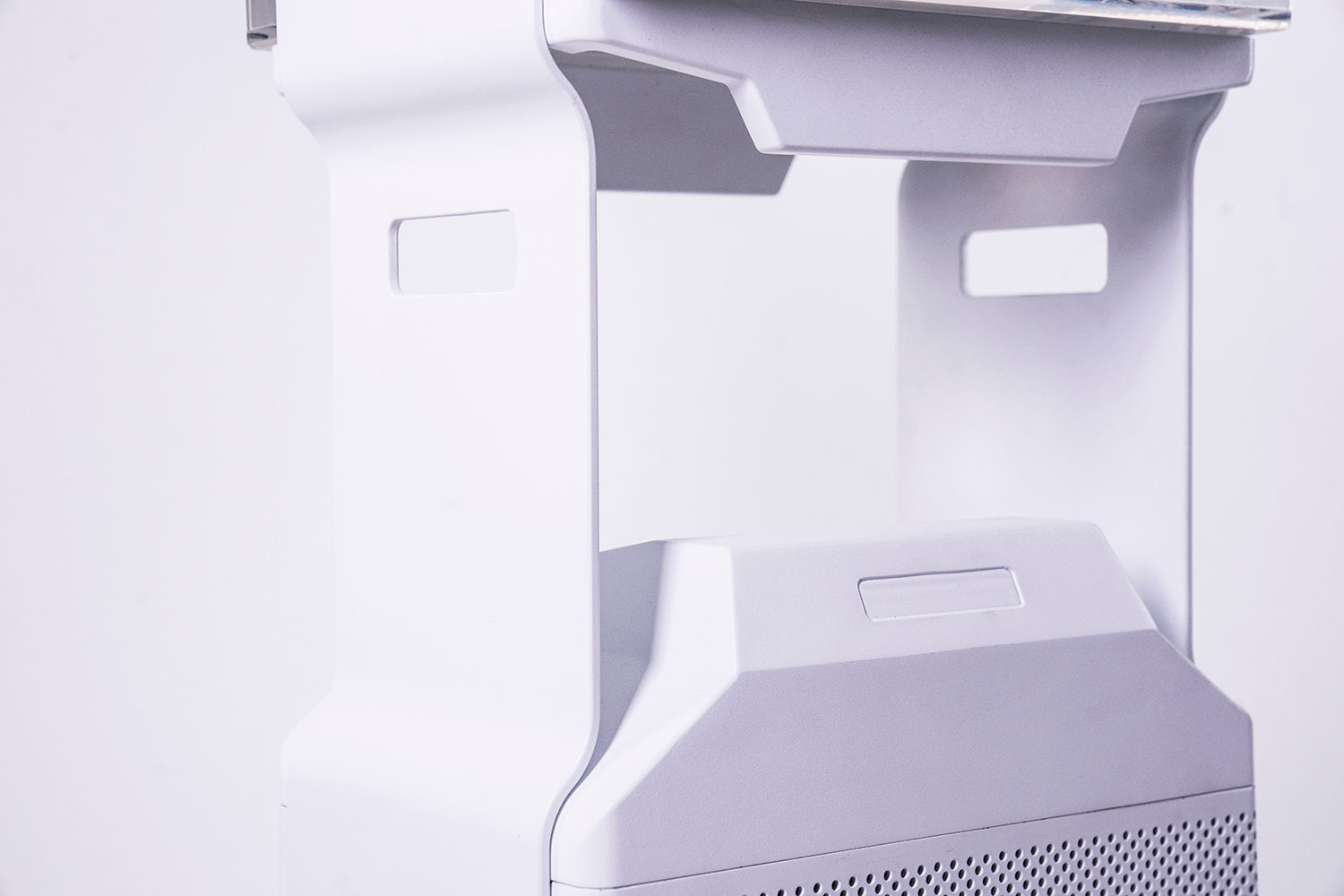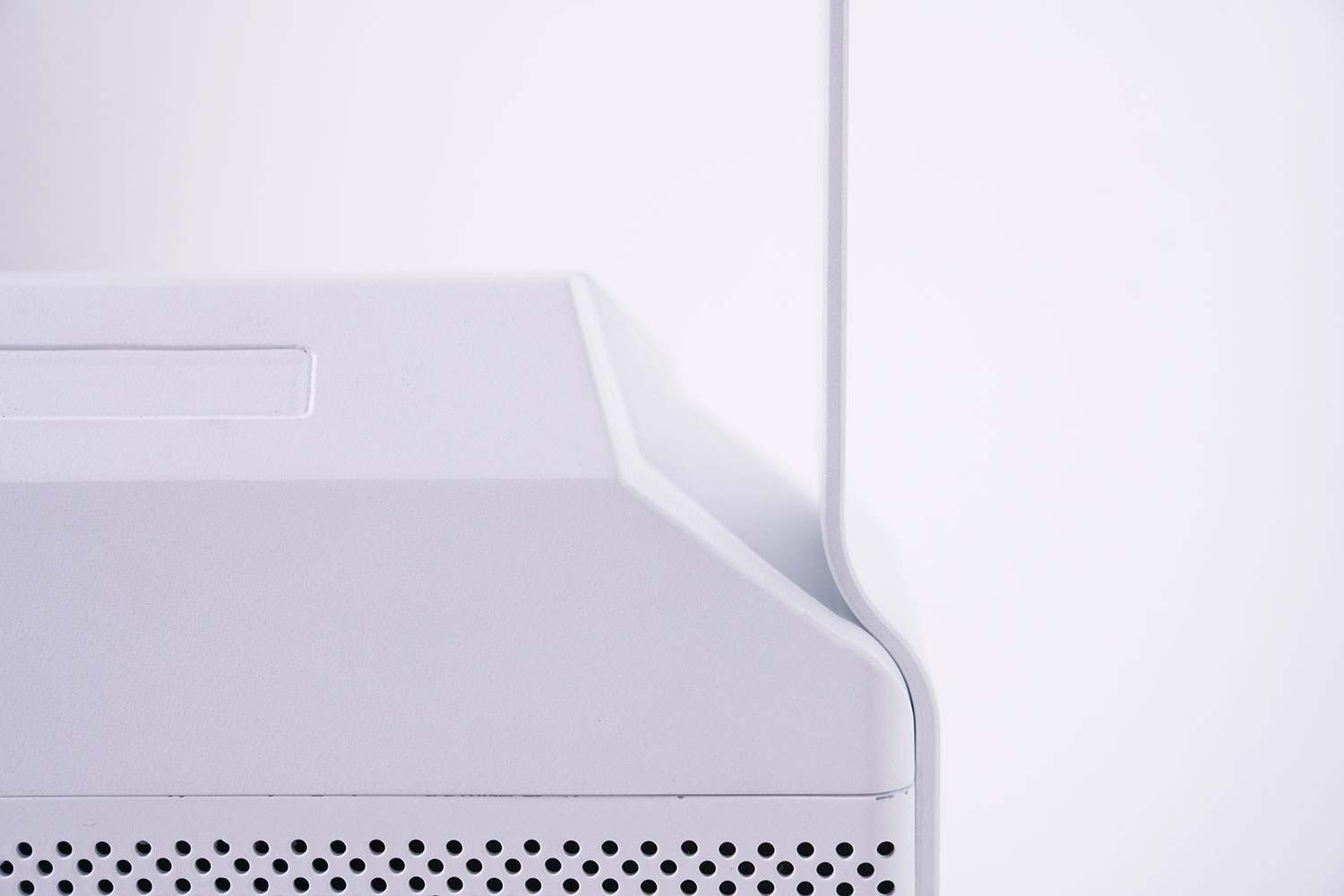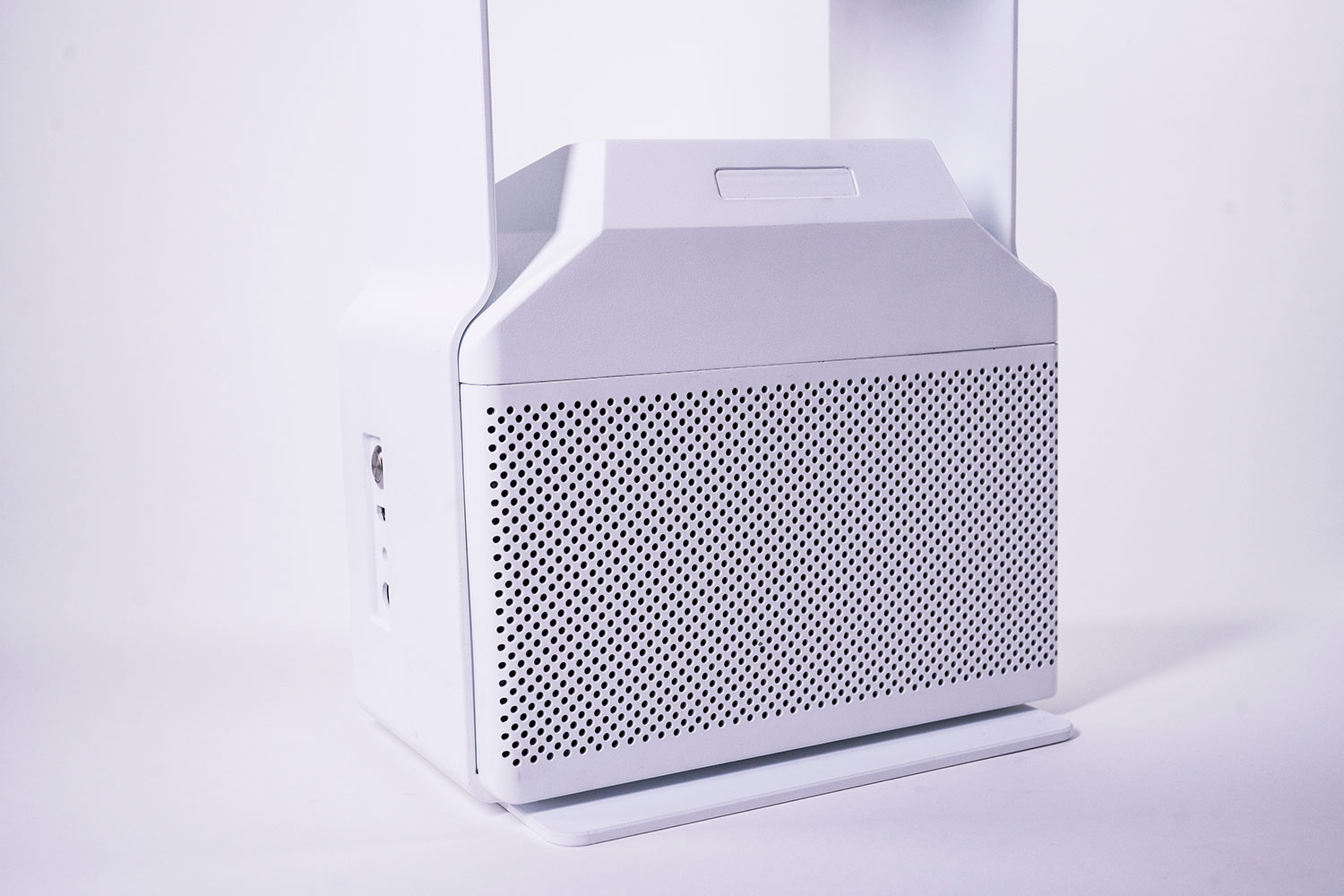A brand new display technology enables a 3D experience without special rooms, headsets, or glasses. Brooklyn and Hong Kong-based startup Looking Glass took a big step in fulfilling the dream of co-founder and CEO Shawn Frayne with today’s launch of Volume, described as the “world’s first affordable volumetric display.”
Virtual reality (VR) and augmented reality (AR) have topped tech and gaming news for the past two years with VR’s immersive and AR’s additive experiences. Those technologies will continue to develop and find respective universes of applications, but the hardware required for VR and AR is an obstacle. Whether you have to put on glasses with special lenses, a cardboard frame in which to place your smartphone, or full VR headgear, the hardware you need to wear to get the experience can be off-putting. Sharing the experience is impossible unless others have the same headwear. Awkward.
“With the VR and AR technologies to date, enjoying 3D content has been a very isolating and singular experience enjoyed by one person through a VR headset or 3D glasses,” Frayne said. “But with Volume, we’re excited to introduce a new future where anyone can bring 3D creations to life and share them socially in the physical world.”
Volume is a display that you can view with a group. You can see 3D content with a 120-degree field of vision from the front and back of the display. The patented technology employed in Volume is called “lightfolding,” a new method for creating 3D images in a volumetric display by channeling light.
The term “volumetric display” refers to an end result, not the technology that enables it. With a volumetric display, you look at width, height, and depth, just as you view the world. A normal flat-panel display has pixels, points of light arranged in two dimensions, that turn on or off and change colors. With a volumetric display, you see the same thing in three dimensions. The Volume display has more than 2 million 3D pixels, also called “voxels.” The voxels can individually display up to 16.7 million colors, called “true color.”
Looking Glass’s Lightfolding technology “suspends millions of points of light in a physical three-dimensional space with no moving parts.” The image you see is not the same as a hologram. With Volume, the light pixels are “channeled” into a 3D space. So the pixels (voxels) aren’t actually there physically, but are displayed at specific 3D locations.
The breakthrough with lightfolding allows Looking Glass to sell Volume at about 1/100th the price of more traditional volumetric displays, hence it’s the “world’s first affordable volumetric display.”
Physically, Volume measures 21.2 inches high by 10.6 inches wide by 7.6 inches deep. The actual display, which you can view from front or back, is 5.9 inches high by 10.1 inches wide by 7.6 inches deep. Final production units will weigh approximately 30 pounds. Volume connects to a PC or Mac via an HDMI cable and has internal speakers and a touchscreen on the front surface.
The initial market for Volume is primarily developers. A Hypercube Unity software development kit (SDK) on the Unity Asset Store can be downloaded for free so Unity 3D developers can display their work with Volume. Looking Glass has assembled a volumetric app library from which creators can download apps for Volume that will work with major 3D creation programs and with 2D Adobe Animate and Photoshop (via volumetric creation plugins).
As a new display technology that brings relative affordability to visual 3D experience without needing headgear or special glasses, Volume has potential for a wide range of applications from entertainment and information reference to education and medicine.
“What is most exciting about this technology is the velocity at which content can be generated,” Looking Glass CTO and co-founder Alex Hornstein said. “Anyone who wants to create in 3D can now do so and see their creation come to life in Volume instantly — a future we only dreamed of is now a possibility and we can’t wait to see how much further we can go.”
Volume is available for presale now starting at $999 and is scheduled to ship in April 2017.
